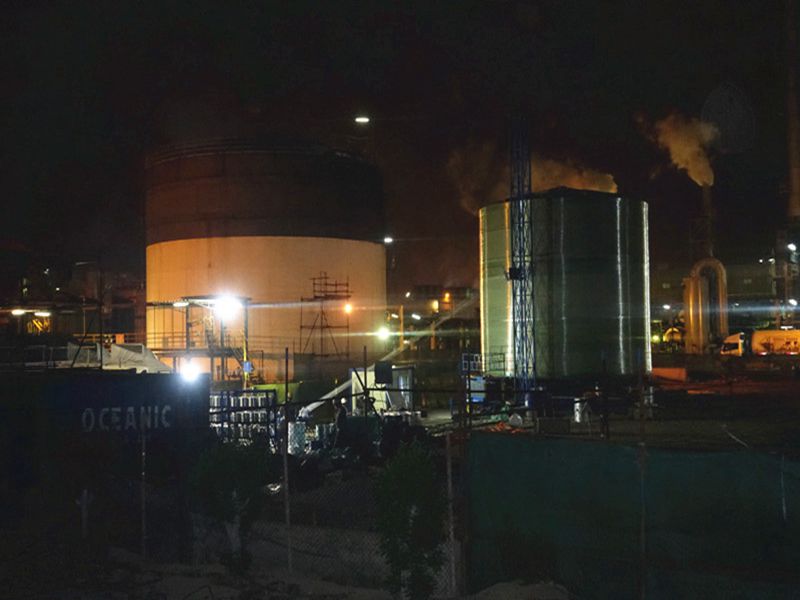
-
 Afrikaans
Afrikaans -
 Albanian
Albanian -
 Amharic
Amharic -
 Arabic
Arabic -
 Armenian
Armenian -
 Azerbaijani
Azerbaijani -
 Basque
Basque -
 Belarusian
Belarusian -
 Bengali
Bengali -
 Bosnian
Bosnian -
 Bulgarian
Bulgarian -
 Catalan
Catalan -
 Cebuano
Cebuano -
 China
China -
 China (Taiwan)
China (Taiwan) -
 Corsican
Corsican -
 Croatian
Croatian -
 Czech
Czech -
 Danish
Danish -
 Dutch
Dutch -
 English
English -
 Esperanto
Esperanto -
 Estonian
Estonian -
 Finnish
Finnish -
 French
French -
 Frisian
Frisian -
 Galician
Galician -
 Georgian
Georgian -
 German
German -
 Greek
Greek -
 Gujarati
Gujarati -
 Haitian Creole
Haitian Creole -
 hausa
hausa -
 hawaiian
hawaiian -
 Hebrew
Hebrew -
 Hindi
Hindi -
 Miao
Miao -
 Hungarian
Hungarian -
 Icelandic
Icelandic -
 igbo
igbo -
 Indonesian
Indonesian -
 irish
irish -
 Italian
Italian -
 Japanese
Japanese -
 Javanese
Javanese -
 Kannada
Kannada -
 kazakh
kazakh -
 Khmer
Khmer -
 Rwandese
Rwandese -
 Korean
Korean -
 Kurdish
Kurdish -
 Kyrgyz
Kyrgyz -
 Lao
Lao -
 Latin
Latin -
 Latvian
Latvian -
 Lithuanian
Lithuanian -
 Luxembourgish
Luxembourgish -
 Macedonian
Macedonian -
 Malgashi
Malgashi -
 Malay
Malay -
 Malayalam
Malayalam -
 Maltese
Maltese -
 Maori
Maori -
 Marathi
Marathi -
 Mongolian
Mongolian -
 Myanmar
Myanmar -
 Nepali
Nepali -
 Norwegian
Norwegian -
 Norwegian
Norwegian -
 Occitan
Occitan -
 Pashto
Pashto -
 Persian
Persian -
 Polish
Polish -
 Portuguese
Portuguese -
 Punjabi
Punjabi -
 Romanian
Romanian -
 Russian
Russian -
 Samoan
Samoan -
 Scottish Gaelic
Scottish Gaelic -
 Serbian
Serbian -
 Sesotho
Sesotho -
 Shona
Shona -
 Sindhi
Sindhi -
 Sinhala
Sinhala -
 Slovak
Slovak -
 Slovenian
Slovenian -
 Somali
Somali -
 Spanish
Spanish -
 Sundanese
Sundanese -
 Swahili
Swahili -
 Swedish
Swedish -
 Tagalog
Tagalog -
 Tajik
Tajik -
 Tamil
Tamil -
 Tatar
Tatar -
 Telugu
Telugu -
 Thai
Thai -
 Turkish
Turkish -
 Turkmen
Turkmen -
 Ukrainian
Ukrainian -
 Urdu
Urdu -
 Uighur
Uighur -
 Uzbek
Uzbek -
 Vietnamese
Vietnamese -
 Welsh
Welsh -
 Bantu
Bantu -
 Yiddish
Yiddish -
 Yoruba
Yoruba -
 Zulu
Zulu
Exploring the Benefits and Applications of FRP Drum Technology in Modern Industries
The Versatile World of FRP Drums
In the realm of industrial packaging, the importance of durable, efficient, and environmentally friendly materials cannot be overstated. One such innovation that has gained prominence is the Fiber Reinforced Plastic (FRP) drum. Combining the strength of plastics with reinforced fibers, FRP drums offer a plethora of advantages, making them an ideal choice for various applications across numerous industries.
What is an FRP Drum?
FRP drums are containers made of a composite material that consists of a polymer matrix reinforced with fibers. These fibers are typically glass, carbon, or aramid, providing the drum with enhanced mechanical properties such as strength, rigidity, and resistance to impact. The unique construction process not only makes FRP drums lightweight but also allows for a high degree of customization in terms of size, shape, and chemical resistance.
Key Features and Advantages
One of the primary advantages of FRP drums is their exceptional strength-to-weight ratio. This makes them significantly lighter than traditional metal or plastic drums, which can lead to reduced transportation costs and easier handling. Additionally, their resistance to corrosion and chemicals ensures that they can safely store hazardous materials without risk of leakage or contamination.
FRP drums are also highly resistant to environmental factors. They are not susceptible to rust, rot, or degradation from harsh weather conditions, making them suitable for both indoor and outdoor applications. This durability translates to a longer lifespan compared to standard drums, providing a sustainable packaging solution that reduces waste and the need for frequent replacements.
frp drum

Another noteworthy feature of FRP drums is their versatility. These drums can be manufactured in various sizes and shapes to accommodate a wide range of materials, from liquids to powders. Industries such as pharmaceuticals, chemicals, food and beverages, and agriculture have increasingly turned to FRP drums due to their reliability and performance in demanding environments.
Environmental Impact
In today’s world, sustainability is a significant concern for businesses and consumers alike. FRP drums can be engineered to be environmentally friendly, utilizing recyclable materials in their production process and offering options for reuse. Many FRP drums are designed for a long life cycle, minimizing the environmental impact associated with disposable packaging.
Furthermore, the lightweight nature of FRP drums contributes to lower carbon emissions during transportation, as less energy is required to move lighter loads. As industries strive to implement greener practices, the adoption of FRP drums aligns perfectly with their sustainability goals.
Conclusion
As we delve deeper into the future of packaging, the role of FRP drums in industry cannot be overlooked. With their combination of strength, lightweight properties, chemical resistance, and environmental sustainability, FRP drums stand as a testament to the innovation in packaging technology. As businesses continue to seek efficient and eco-friendly solutions, the popularity of FRP drums is likely to rise, paving the way for a more sustainable and cost-effective future in packaging.
In an age where efficiency and sustainability are paramount, FRP drums represent not just a packaging solution but a step towards a more responsible and innovative industrial landscape. Whether for storage, transportation, or chemical processing, these drums are set to redefine standards and expectations in the global marketplace.









